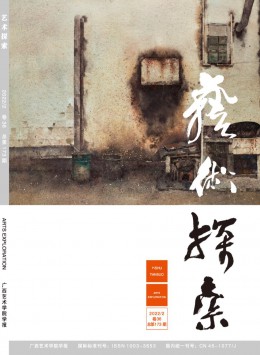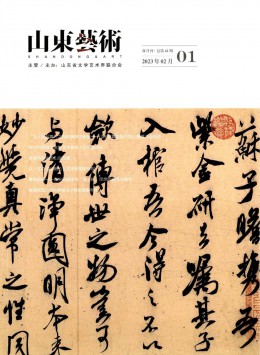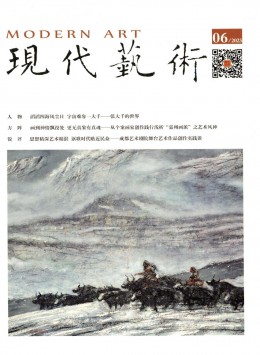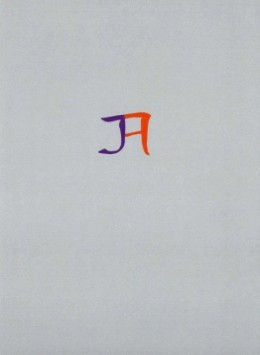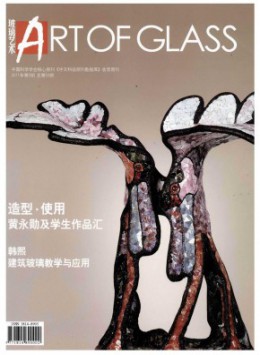Jade Bi and Gui: A Reconfirmation on Zhouli Completed in the Early Years of Han Dynasty Based on Sacrificial Ceremony
摘要:As an classical book which disputes endlessly on the completed time but systematic and detailed record on official function, rituals and sacrificial vessels, Zhouli (Rites of Zhou) has become a paradoxical existence: on the one hand, it’s a crucial reference document frequently quoted for reconstructing the propriety in the past dynasties and explaining the ritual remains in modern archeology;on the other hand, its authenticity and edition age are always questioned. So the completed time of Zhouli is still a bottleneck problem and cannot be ignored. This article focuses on the tradition of sacrificial jade Bi and Gui based on the written documents and archeological findings, demonstrate once again that Zhouli was completed in early Han dynasty.
注:因版權方要求,不能公開全文,如需全文,請咨詢雜志社。
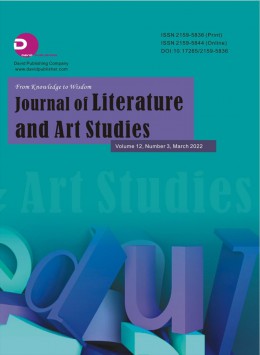
藝術研究雜志
藝術研究雜志, 雙月刊,本刊重視學術導向,堅持科學性、學術性、先進性、創新性,刊載內容涉及的欄目:藝術史、藝術理論、藝術趨勢、藝術教育、藝術管理等。于1998年經新聞總署批準的正規刊物。
- 省級期刊
- 1個月內審核


